Welcome to our collaborative blog, where we delve into the world of web development, design, and the latest in technology. Our content is designed to provide practical solutions, insightful tutorials, and comprehensive reviews, catering to seasoned developers, innovative designers, and tech enthusiasts alike. In this article, we’ll explore the various types of blog articles that can enhance your skills and keep you at the cutting edge of the tech industry.
Case 1: Addressing a Technical Problem
The article should focus on solving a specific technical problem. This approach ensures that the content is practical, relevant, and directly beneficial to readers.
Example Title: How to Fix Common CSS Flexbox Alignment Issues
Web developers often face the frustrating issue of misaligned elements when using CSS Flexbox. This article dives into common Flexbox alignment problems and offers practical solutions to ensure your layouts are pixel-perfect.
Content Highlights:
- Identify Common Issues: Discuss typical alignment problems such as items not centering properly, unexpected wrapping, or unequal item spacing.
- Step-by-Step Solutions: Provide detailed code snippets and explanations for each issue, helping readers quickly apply fixes to their projects.
- Visual Aids: Include before-and-after screenshots to illustrate the impact of each solution.
Case 2: How-To Guides
These articles provide step-by-step instructions on how to accomplish a particular task. They are structured in a clear, logical order, making it easy for readers to follow along and achieve the desired outcome.
Example Title: A Step-by-Step Guide to Setting Up a Local Development Environment with Docker
For web developers, setting up a consistent local development environment can be a challenge. This how-to guide simplifies the process of using Docker to create an isolated, reproducible environment.
Content Highlights:
- Introduction to Docker: Briefly explain what Docker is and its benefits for developers.
- Installation Instructions: Provide clear, platform-specific steps for installing Docker.
- Creating Your First Container: Walk through the process of setting up a basic web server in a Docker container.
- Troubleshooting Tips: Offer solutions to common setup issues, ensuring a smooth experience for all readers.
Case 3: Tutorials
Similar to how-to guides, tutorials offer detailed guidance on completing specific tasks but often delve deeper into the subject matter. Tutorials may include comprehensive explanations, advanced techniques, and additional context to help readers fully understand the topic.
Example Title: Building a Responsive Web Application with React and Tailwind CSS
This tutorial takes a deep dive into creating a modern, responsive web application using React and Tailwind CSS. Perfect for developers looking to enhance their frontend skills.
Content Highlights:
- Project Overview: Describe the application you’ll be building, including key features and functionalities.
- Detailed Instructions: Break down each step of the development process, from setting up the project to deploying it.
- Advanced Techniques: Cover advanced topics like state management, component lifecycle methods, and custom hooks.
- Supporting Visuals: Include code snippets, diagrams, and screenshots to aid understanding.
Case 4: Review of Technological Solutions
Reviews of technological solutions add significant value by assessing features and functionality, comparing alternatives, providing real-world use cases, and including author opinions.
Example Title: Comparing Top JavaScript Frameworks: React, Vue, and Angular
Choosing the right JavaScript framework is crucial for any web project. This review article evaluates the top three frameworks, helping developers make an informed decision.
Content Highlights:
- Feature Comparison: Analyze the features, performance, and ease of use of React, Vue, and Angular.
- Real-World Use Cases: Provide examples of popular projects built with each framework.
- Author Opinions: Share personal insights and experiences with each framework, including pros and cons.
- Conclusion and Recommendations: Summarize the findings and offer recommendations based on different project needs.
Essential Elements for Effective Articles
Detailed and Clear Instructions: Ensure each step is meticulously outlined and easy to follow. If technical jargon is necessary, provide clear definitions to maintain accessibility.
Supporting Visuals: Incorporate high-quality screenshots, diagrams, and videos. Visual aids are particularly beneficial for complex processes and can greatly enhance comprehension.
Troubleshooting Tips: Include a dedicated section for common issues and their solutions. This can save readers considerable time and frustration, adding significant value to your content.
Additional Resources: Provide links to related articles, official documentation, tools, or further reading materials for readers who wish to explore the topic in greater depth.
Clear Call-to-Action: End your article with a strong call-to-action. Encourage readers to try the solutions, share their experiences in the comments, or explore related content. A well-crafted CTA drives engagement and fosters community interaction.
By integrating these elements, your technical articles will not only solve problems and educate readers but also establish your authority in the web technology space. Happy writing!
Subscribe to our newsletter!
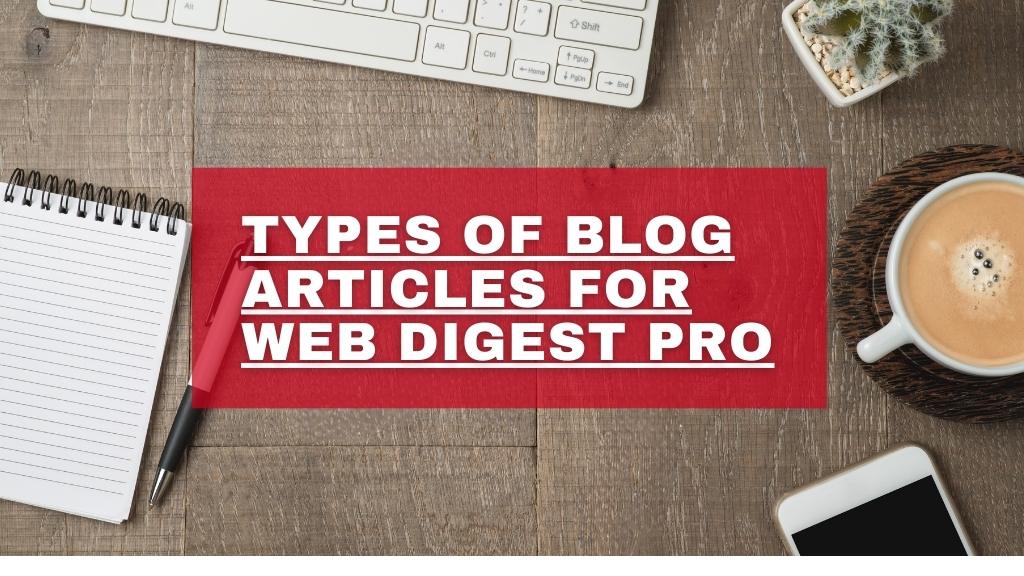
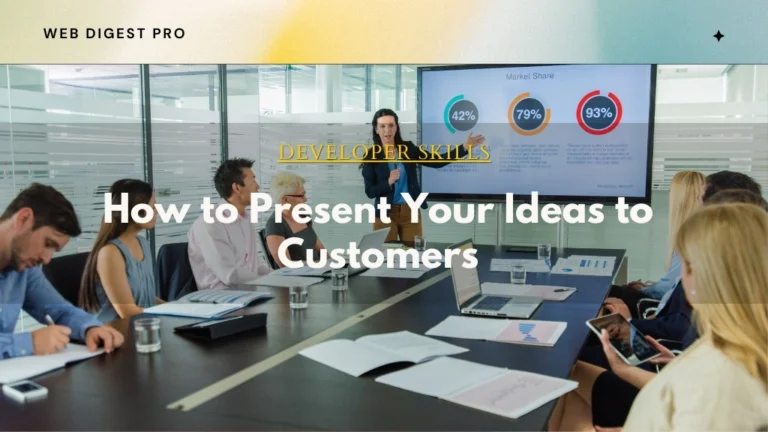
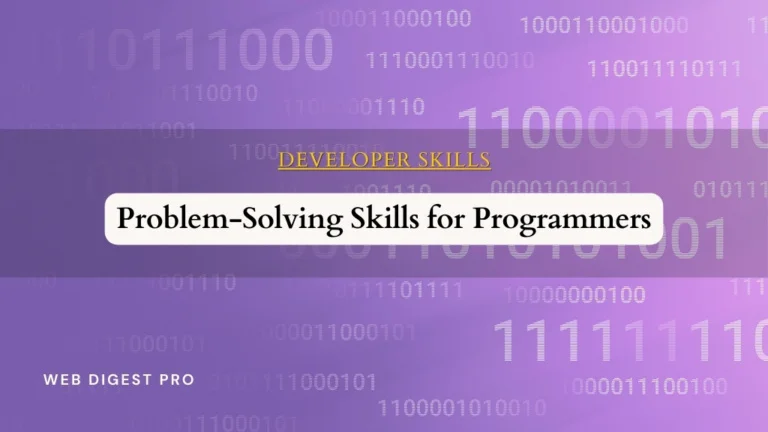
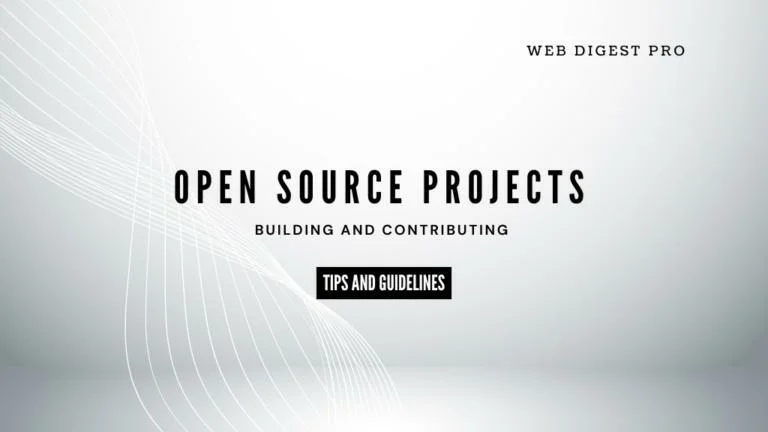
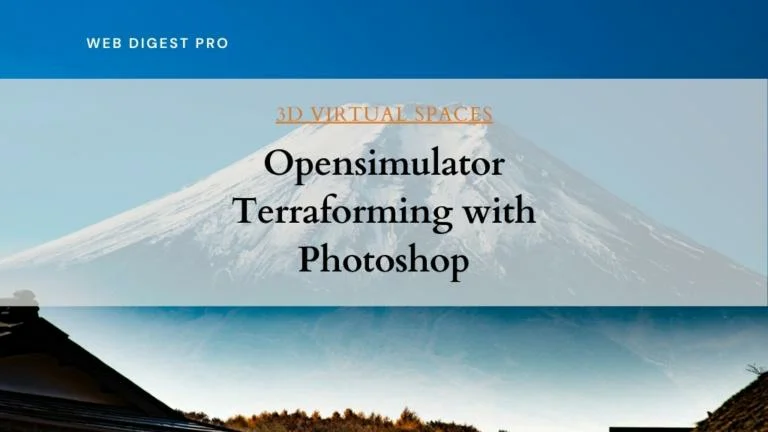
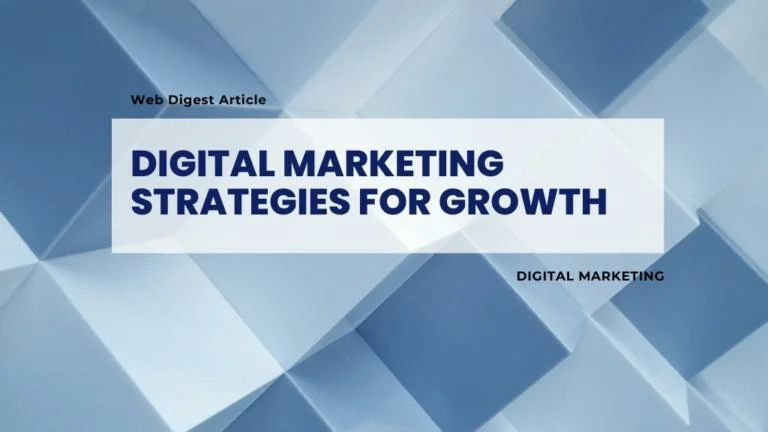
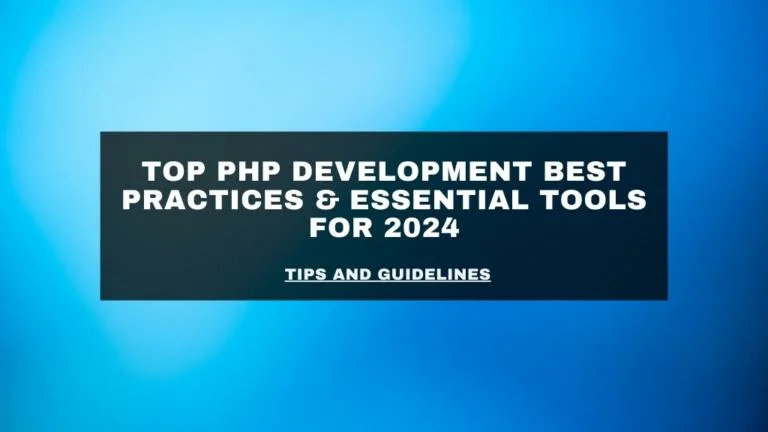

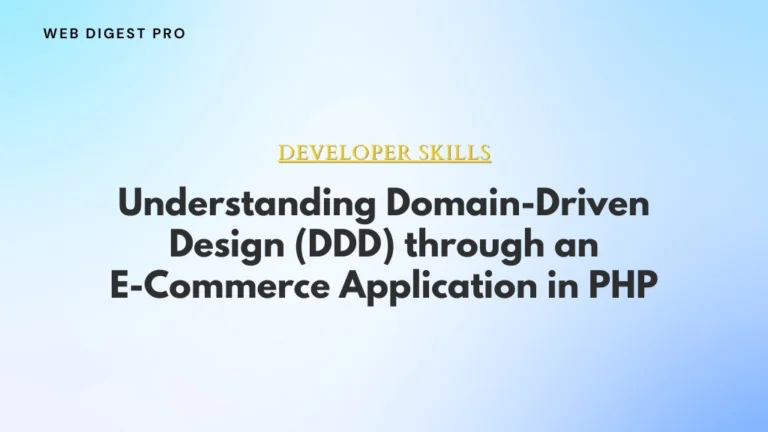

+ There are no comments
Add yours